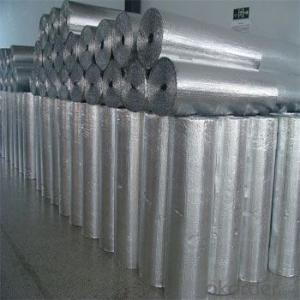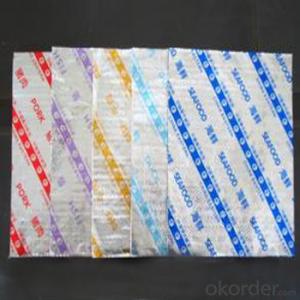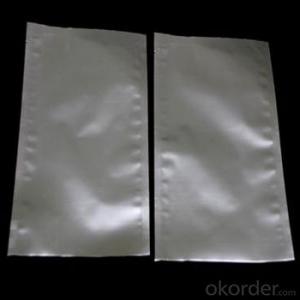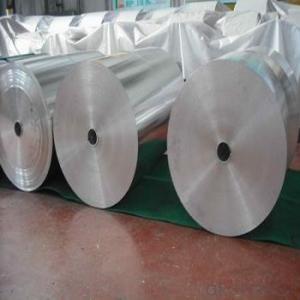Steam Aluminum Foil
Steam Aluminum Foil Related Searches
Led Light Bulbs For Ceiling Fixtures Led Lamps For Ceiling 42 In Ceiling Fan With Light Aluminum Coil Stock For Gutters Aluminum Foil For The Grill Hole Saw For Aluminum Plate Aluminum Tread Plate For Trailer Bow Plate For Aluminum Boat Aluminum Foil For Grow Room Aluminum Foil For Joint PainHot Searches
Stock Price For Aluminum Aluminum Coil Stock For Sale Aluminum Gutter Coil For Sale Used Aluminum Scaffolding For Sale 1/4 Aluminum Plate For Sale Aluminum Bar Stock For Sale Aluminum Round Stock For Sale Aluminum Diamond Plate For Sale Aluminum Scaffolding For Sale Craigslist 6061 Aluminum Plate For Sale Aluminum Dock Plate For Sale 7075 Aluminum Plate For Sale Aluminum Tread Plate For Sale Aluminum Checker Plate For Sale Aluminum Plate For Sale Near Me Plate Aluminum For Sale Aluminum Plate For Sale Aluminum Square Stock For Sale Aluminum Flat Stock For Sale Billet Aluminum Stock For SaleSteam Aluminum Foil Supplier & Manufacturer from China
Okorder.com is a professional Steam Aluminum Foil supplier & manufacturer, offers integrated one-stop services including real-time quoting and online cargo tracking. We are funded by CNBM Group, a Fortune 500 enterprise and the largest Steam Aluminum Foil firm in China.Hot Products
FAQ
- Yes, aluminum sheets are suitable for elevator interiors. Aluminum is a durable and lightweight material that is resistant to corrosion, making it ideal for use in elevator interiors. It can be easily customized and offers a sleek and modern aesthetic. Additionally, aluminum is easy to clean and maintain, making it a practical choice for elevator interiors.
- The reflectivity of aluminum sheets is quite high, typically ranging from 80% to 95%, which makes them excellent for various applications that require high levels of reflection, such as mirrors, solar panels, and decorative surfaces.
- The tensile strength of 101 aluminum sheets varies depending on the thickness and manufacturing process, but it typically ranges from 20,000 to 30,000 pounds per square inch (PSI).
- Dear all, i'm having crack problem with bending aluminium sheet metal, anyone know than which type(Model) of aluminium sheet metal is suitable for bending, Thanks.
- All aluminum can be bent if u have the right equipment. I have no idea what you are using it for, so I can't give you specific advice. But, go with the lightest gauge aluminum that fits your purpose. The higher the gauge number, the thinner the aluminum is. 16 gauge aluminum is 1/16 thick, for example, but 18 gauge is thinner. Also, the temper of the material affects how easy it is to bend. 6063 aluminum is more malleable (easier to bend) than 6061.
- There are several different joining methods for aluminum sheets, each with its own advantages and considerations. Some of the common joining methods for aluminum sheets include: 1. Welding: Welding is a popular method for joining aluminum sheets. It involves melting the aluminum sheets and fusing them together with the help of a filler material. Welding can be done using various techniques such as gas tungsten arc welding (GTAW), gas metal arc welding (GMAW), or laser welding. It provides strong and durable joints, but it requires skilled labor and can be time-consuming. 2. Adhesive bonding: Adhesive bonding is another method commonly used for joining aluminum sheets. It involves applying a specialized adhesive or glue to the surfaces that need to be joined. Adhesive bonding offers several advantages such as excellent corrosion resistance, uniform distribution of stress, and the ability to join dissimilar materials. However, it requires proper surface preparation and can be affected by temperature and humidity. 3. Mechanical fastening: Mechanical fastening involves using various mechanical fasteners such as bolts, screws, rivets, or clips to join aluminum sheets. This method is relatively simple, cost-effective, and allows for easy disassembly if required. However, it may create stress concentrations around the fasteners, and the joints may not be as strong as those created by welding. 4. Friction stir welding: Friction stir welding is a relatively new joining method that is gaining popularity for aluminum sheets. It involves rotating a non-consumable tool along the joint line, generating friction and heat that softens and joins the aluminum sheets. Friction stir welding offers benefits such as high joint strength, low distortion, and a defect-free weld. However, it requires specialized equipment and is limited to certain sheet thicknesses. 5. Clinching: Clinching is a cold joining method that involves deforming the aluminum sheets using a punch and die without melting them. The sheets are pushed together under high pressure, creating a mechanical interlock. Clinching is a fast and cost-effective joining method that does not require additional materials, but it may result in visible deformation on the surface. It is essential to consider factors such as joint strength, corrosion resistance, aesthetics, production cost, and specific application requirements when choosing a joining method for aluminum sheets. Each method has its own advantages and limitations, so selecting the most suitable technique depends on the specific needs of the project.
- Yes, aluminum sheet can be welded. Aluminum is a versatile metal that can be easily welded using various techniques such as gas tungsten arc welding (GTAW), gas metal arc welding (GMAW), and resistance spot welding (RSW). However, welding aluminum requires special considerations due to its high thermal conductivity and low melting point compared to other metals. It is important to choose the appropriate welding process, filler material, and shielding gas to ensure a successful weld. Additionally, proper surface preparation, including cleaning and removing any oxide layer, is crucial for achieving a strong and durable weld in aluminum sheet.
- Indeed, the resistance of aluminum sheets to rust is remarkably high. This is due to the natural formation of a protective oxide layer on the surface of aluminum when it comes into contact with air, thereby hindering further corrosion. In contrast to iron or steel that can rust in the presence of moisture and oxygen, aluminum does not necessitate any supplementary coatings or treatments to safeguard against rust formation. Consequently, aluminum sheets are widely favored across various sectors such as construction, automotive, and marine industries, where the prevention of rust is imperative.
- Certainly, audio amplifier cases can be manufactured using aluminum sheets. The utilization of aluminum as casing material in audio equipment is highly favored owing to its remarkable combination of lightweight and resilient characteristics. It offers exceptional heat dispersion, a critical aspect for audio amplifiers that generate heat while in operation. Additionally, aluminum can be effortlessly machined and shaped into diverse forms, facilitating customization and aesthetic considerations in the design of the amplifier case. In conclusion, aluminum sheets are a fitting choice of material for the production of audio amplifier cases.














































